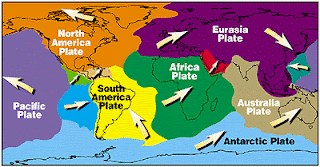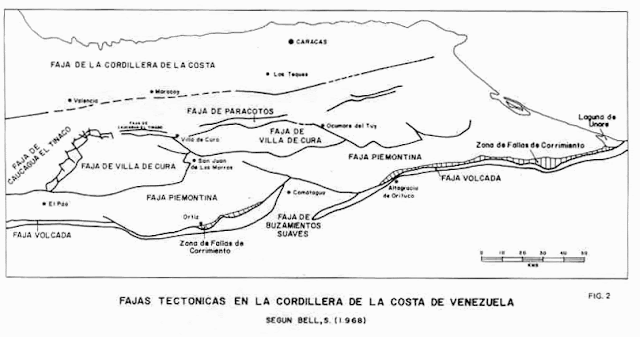Earthquakes
An earthquake is a natural hazard which occurs when the ground shakes or the violent movement of rocks.
Earth's Layers
Inner core
Outer core
Mantle
Crust - large tectonic plates and not one large , smooth, continuous layer. It is the outermost and thinnest layer of the Earth and is made out of rock.
The tectonic plates move, bump, and slide around causing energy build up below the plates. The energy that breaks free results in shaking of the Earth, in other words, an Earthquake.
Studies are being performed to show how to reduce the damage of an earthquake and how to predict an earthquake by historical information or data.
Effects Of Earthquakes
Damage to buildings and infrastructure
Landslides
Fires
Tsunamis
Liquidification
Seismometers are used to record the seismic waves generated by an earthquake.
Magnitude is used to measure an earthquake's size and is related to energy.
Earth's Layers
Inner core
Outer core
Mantle
Crust - large tectonic plates and not one large , smooth, continuous layer. It is the outermost and thinnest layer of the Earth and is made out of rock.
The tectonic plates move, bump, and slide around causing energy build up below the plates. The energy that breaks free results in shaking of the Earth, in other words, an Earthquake.
Studies are being performed to show how to reduce the damage of an earthquake and how to predict an earthquake by historical information or data.
Effects Of Earthquakes
Damage to buildings and infrastructure
Landslides
Fires
Tsunamis
Liquidification
Seismometers are used to record the seismic waves generated by an earthquake.
Magnitude is used to measure an earthquake's size and is related to energy.
Earthquakes are sudden shaking or shocks of the earth. Millions of earthquakes occur every year, and , most below the sea. Those that are felt are measured on the Richter scale. Seismic waves are the direction of earthquake energy as it travels through faults. Seismic waves are compressional waves, shear waves and surface waves. Compressional waves cause the earth to change volume 11-16 km/sec, shear waves cause rocks to vibrate at right angles and surface waves travel slower than shear waves.



Comments
Post a Comment